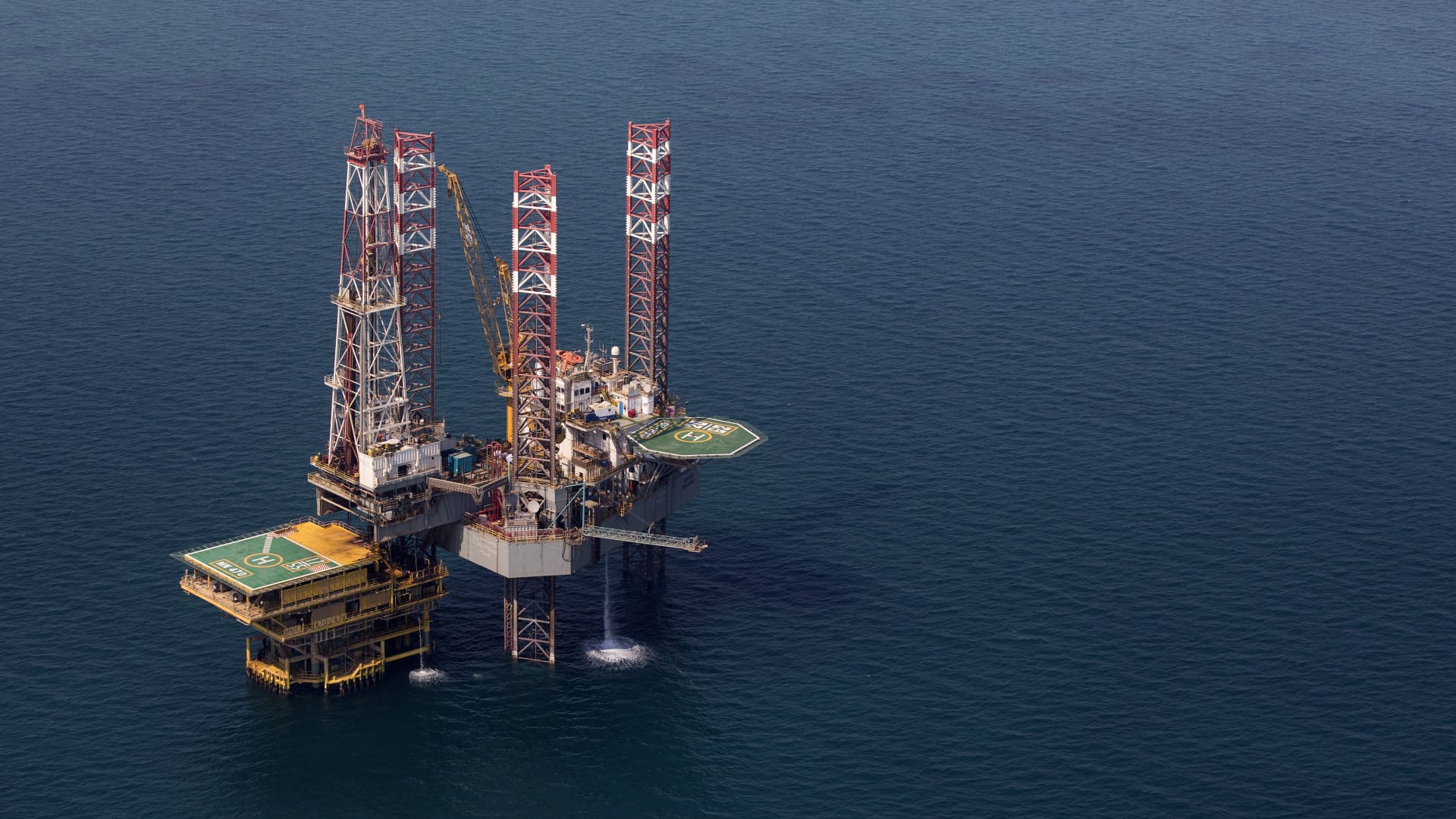The chief of the world’s largest oil company is worried about global crude supplies.
Current market dynamics — such as China’s slowdown and an aviation sector that is still recovering from the Covid-19 pandemic — have kept demand relatively subdued, but that is set to change soon. Saudi Aramco CEO Amin Nasser fears the world won’t have enough spare capacity to deal with that shift.
“For crude oil, we are in a situation where there is a spare capacity that is helping to mitigate interruptions,” Nasser told CNBC’s Hadley Gamble. “However, I am not so sure about the mid-to-long term, because as the spare capacity erodes, we will not be having the capability to mitigate any short or long term interruptions like what happened with Russia-Ukraine crisis.”
Aramco pumps about 10% of the world’s crude oil supply. It has a maximum capacity to pump 12 million barrels of crude per day, Nasser said, and is working on increasing that by a further million barrels per day. Still, he says, “We should be worried about the mid to long term. I think there will be an issue in meeting the growing demand.”
The latest oil market report from the International Energy Agency out Wednesday forecast global oil demand will increase by 1.9 million barrels per day in 2023 to reach a record 101.7 million barrels per day — with nearly half of that coming from China. The agency meanwhile expects oil supply growth to slow to 1 million barrels per day in that same period.
While Aramco is working on building additional production capacity, “I don’t think it is enough investment to bring additional capacity that will be needed to supply the market,” Nasser said. “It will not mitigate a situation where the demand is growing and offsetting the decline. You need additional investment elsewhere, globally, to meet global demand.”
Investment in hydrocarbons has decreased amid a focus on decarbonization, and government regulations in many countries discourage fossil fuel exploration and drilling. Saudi Arabia and many of its partners in the OPEC producers’ alliance have repeatedly called for simultaneous investment in hydrocarbons and in the energy transition to avoid a future supply squeeze.
The looming supply-demand dynamic could bolster prices. Maarten Wetselaar, chief executive of Spanish oil company Cepsa, on Wednesday predicted that the crude oil price would return to triple-digits in the second half of 2023. Front-month Ice Brent crude futures were trading near $87.36 per barrel at midday in London.
“Think about it this way,” Nasser said. “Today we have around 2 million barrels of spare capacity. The aviation industry is 1 million barrels below pre-Covid level. As [the] aviation industry picks up in 2023-24, that’s an additional 1 million barrels. [Consider] China opening up and that will really add a lot to the demand side.”
He stressed, “So all of these indicators now, without looming recessions — if economies start picking up and improving, that will also require additional supply. So you need additional investment to prepare for what’s coming.”
